Charles F. Kennel9780195085297, 0-19-508529-9
Table of contents :
11.18 Concluding Remark……Page 14
1.1 Geomagnetism……Page 22
1.2 The Discovery of the Solar Wind and the Magnetosphere……Page 26
1.3 Viscous Convection……Page 28
1.4 Reconnection-Driven Convection……Page 31
1.5 Petschek Reconnection……Page 32
1.6 Substorms……Page 34
1.7 Overview……Page 37
1.8 The Equilibrium Magnetosphere……Page 38
1.9 The Convecting Magnetosphere……Page 39
1.10 Auroral and Magnetospheric Substorms……Page 43
2.1 Introductory Remarks……Page 49
2.3 The Position and Shape of t he Magnetopause……Page 50
2.4 The Thickness of the Magnetopause Current Layer……Page 53
2.5 The Position and Shape of the Bow Shock……Page 54
2.6 The Failure of Weak-Field MHD and the “Plasma Depletion Layer”……Page 56
2.7 Standing Slow and Intermediate Waves in the Magnetosheath……Page 57
2.8 Summary……Page 60
3.1 Introductory Remarks……Page 61
3.2 Geomagnetic Pulsations……Page 62
3.3 Coupling of Magnetopause Motions to Resonant Alfven Waves……Page 63
3.4 The Eigenmodes of the Magnetospheric Cavity……Page 64
3.5 Observations of Standing Alfven Waves……Page 67
3.6 Occurrence and Distribution of Slanding-Wave Harmonics……Page 68
3.8 Response of the Magnetosphere to Passing Solar Wind Structure……Page 70
3.9 The Response of the Magnetosphere to Interplanetary Shocks……Page 71
3.10 Magnetospheric Response to Solar Wind Tangential Discontinuities……Page 72
3.11 Ionospheric Response to Sudden Pressure Variations in the Solar Wind……Page 73
3.12 Quasiresonant Response to Solar Wind Pressure Pulses……Page 74
3.13 Summary……Page 76
4.2 The Low-Latitude Boundary Layer……Page 78
4.3 Field-Aligned Currents……Page 81
4.4 The Ionospheric Footprint of the Low-Latitude Boundary Layer……Page 83
4.5 Micropulsations Associated with the Kelvin-Helmholtz Instability……Page 85
4.6 Vortex Auroras……Page 87
4.7 Vortex Structures in the Plasma Sheet……Page 88
4.8 The Boundary Layer in the Magnetospheric Tail……Page 89
4.9 Boundary Layer Transport……Page 90
4.10 Summary……Page 91
5.1 Introductory Remarks……Page 94
5.2 The Polar Rain……Page 95
5.3 The Polar Wind……Page 96
5.4 The Auroral Oval……Page 97
5.6 Direct Evidence for Dayside Magnetopause Reconnection……Page 99
5.7 Precipitation of Magnetosheath Plasma into the Dayside Ionosphere……Page 101
5.8 Direct Entry of Solar Wind Plasma into the Magnetotail……Page 103
5.9 Convection across the Tail Lobes……Page 107
5.10 Average Tail Reconnection Region……Page 108
5.11 Stratification of the Plasma Sheet Boundary Layer……Page 110
5.13 Interaction of the Two Convection Systems in the Ionosphere……Page 112
5.14 Comparison of Viscosity- and Reconnection-Driven Transport……Page 114
5.15 Discussion……Page 116
6.1 Introductory Remarks……Page 117
6.2 Correlation of Geomagnetic Activity with the Interplanetary Magnetic Field……Page 118
6.3 Dependence of the Convection Rate upon the Interplanetary Field……Page 121
6.4 Dependence of the Polar Cap Convection Pattern upon the Interplanetary Field……Page 123
6.6 Time-Dependent Response to the Changing Interplanetary Field……Page 124
6.7 The Viscous Component of Geomagnetic Activity……Page 126
6.8 Summary……Page 127
7.1 Introductory Remarks……Page 128
7.2 Changes in Magnetopause Position during Substorm Growth Phase……Page 129
7.3 Changes in the Geomagnetic Tail during Substorm Growth Phase……Page 130
7.4 Development of Ionospheric Convection during Growth Phase……Page 133
7.6 Stimulation of Convection in the Tail Lobes……Page 134
7.7 The “Nearer-Earth Neutral Line” Scenario……Page 137
7.8 Observational Basis of the Nearer-Earth Neutral Line Model …….Page 138
7.9 Plasmoids……Page 141
7.10 Traveling Compression Regions……Page 143
7.11 Plasmoid and TCR Timing……Page 144
7.12 Discussion……Page 146
8.1 Introductory Remarks……Page 148
8.2 Bursts of Energetic Electronsand Ions near the Magnetopause……Page 149
8.3 Flux Transfer Events……Page 150
8.4 Locations of Reconnection Events Generating FTEs……Page 152
8.6 Ionospheric Signatures of Impulsive Magnetopause Reconnection……Page 153
8.8 Alfven Waves at the Equatorward Boundary of the Active Cusp……Page 156
8.9 Ion Energy-Latitude Dispersion on Polar Cusp Field Lines……Page 159
8.10 Bursty Ionospheric Flow Events……Page 160
8.11 Transient Dayside Aurora……Page 162
8.12 F-Region Density Patches……Page 164
8.13 Summary……Page 166
9.1 Introductory Remarks……Page 171
9.2 The Plasma Sheet Pressure Paradox……Page 173
9.3 Statistical Properties of Plasma Sheet Transport……Page 174
9.4 Bursts of Plasma Sheet Flow during Steady Solar Wind Conditions……Page 177
9.5 Bursty Bulk Flow Events……Page 178
9.6 Bimodal Plasma Sheet How……Page 179
9.7 High-Speed Flows at Quiet Times……Page 180
9.8 High-Speed Flows and Flux Ropes……Page 181
9.9 High-Speed Flows, Plasmoids, Flux Ropes, and TCRs in the Distant Tail……Page 182
9.10 Dependence of BBF/Plasmoid Properties upon Distance Downfall……Page 183
9.11 Energetic Particle Bursts in the Midtail……Page 185
9.12 Ion Bursts, High-Speed Flows, Boundary Layer Activations, and Bursty Reconnection……Page 187
9.13 East–West Localization of BBF/Plasmoid/Particle Burst Generation Region……Page 188
9.14 Tail Lobe Filaments……Page 189
9.15 Flow Bursts in the Nightside Auroral Ionosphere……Page 191
9.16 The Ionospheric Footprints of B ursty B ulk Flow Events……Page 192
9.17 Comparison of FTE and BBF Flux Transfers……Page 193
9.18 Synthesis……Page 194
10.1 Introductory Remarks……Page 198
10.2 Response of Pre-Existing Polar Cap Convection to Northward Field Shifts……Page 201
10.4 Signatures of Tail-Lobe Reconnection in Polar Orbit……Page 202
10.5. Reverse Convection in the Polar Cap……Page 203
10.6 Field- Aligned Currents……Page 204
10.7 Seasonal and Day–Night Asymmetries of Polar Cap Convection……Page 205
10.8 Global View of Polar Cap Aurora……Page 206
10.9 Ground-Based View of Sun-Aligned Aurora……Page 207
10.10 Evidence that Some Transpolar Arcs Are on Closed Field Lines……Page 208
10.11 Relation between Sun-Aligned Arcs and Convection……Page 209
10.13 Evolution of Polar Cap Aurora during a Prolonged Northward Field Interval……Page 211
10. 14 Polar Cap Convection in Conditions of the Most Extreme Geomagnetic Quiet……Page 212
10.15 Discussion……Page 213
11.1 Introductory Remarks……Page 217
11.2 Magnetic Field Mapping……Page 222
11.3 Dependence of the Auroral “Oval” upon Geomagnetic Activity……Page 223
11.4 Inherent Uncertainty in Mapping the Poleward Aurora……Page 224
11.5 The Diffuse Aurora……Page 225
11.6 Inverted Vs……Page 226
11.7 Auroral Arcs……Page 228
11.8 Diffuse and Discrete Aurora and their Relationship to Field- Aligned Currents……Page 229
11.10 The Harang Discontinuity……Page 230
11.11 The Relationship between Arcs and Ionospheric Convection……Page 231
11.12 The Relationship between Arcs and Inverted Vs……Page 232
11.13 Ground Observations of Arcs at the Poleward B order of the Auroral Oval……Page 233
11.14 The Poleward Border of the Oval and the Plasma Sheet Boundary Layer……Page 234
11.15 Auroral Kilometric Radiation and the Poleward Aurora……Page 235
11.16 Physical Mapping of the Nightside Oval into the Plasma Sheet……Page 238
11.17 Conjugacy……Page 239
12.1 Introductory Remarks……Page 242
12.2 Growth Phase in the Polar Cap……Page 243
12.3 Growth Phase around the Auroral Oval……Page 244
12.4 Classical Evening Sector Growth Phase……Page 246
12.5 Pseudoexpansions……Page 249
12.6 Precursors to Onset……Page 250
12.7 Onset……Page 251
12.8 Relation of Onset Arc to Other Auroral Oval Structures……Page 252
12.9 The Westward Surge……Page 253
12.10 The Expanding Auroral Bulge……Page 256
12.12 Proton Aurora Substorm……Page 257
12.13 The Phases of the Auroral Substorm……Page 259
12.14 The Relationship between the Auroral Bulge and the Poleward Aurora……Page 260
12.15 Activity in the Poleward Arc System……Page 262
12.16 Equatorward Auroral Activity during the Recovery Phase……Page 264
12.17 The End of the Recovery Phase……Page 266
12.18 Synthesis……Page 267
13.1 Development of a Tail–Like Field during the Growth Phase……Page 269
13.2 How Thin Does the Current Sheet Get?……Page 271
13.3 Dipolarization……Page 273
13.4 Dispersionless Injections……Page 274
13.5 The Substorm Current Wedge……Page 275
13.6 Pi 1 and Pi 2 Pulsations and the Timing and Location of Substorm Onset……Page 277
13.7 Generation of Midlatitude Pi 2……Page 279
13.8 Azimuthal Propagation of Dipolarization near Geostationary Orbit……Page 280
13.9 Size of Initial Dipolarization Region……Page 282
13.10 Radial Propagation of Dipolarization……Page 284
13.11 Plasmoids Escaping from the Geostationary Region……Page 285
13.12 Plasma Sheet Dropouts in the Post-Geosynchronous Region……Page 286
13.13 Plasma Sheet Recoveries in the Postgeosynchronous Region……Page 289
13.14 Summary……Page 290
14.1 Introductory Remarks……Page 293
14.2 The Auroral Expansion and Dipolarization……Page 294
14.3 The Westward Surge and Dipolarization……Page 296
14.4 Multiple Surge Intensification and Oscillatory Dipolarization……Page 297
14.5 Dipolarization and Poleward Arc Brightening……Page 298
14.6 Dependence of Plasma Composition on Solar and Geomagnetic Activity……Page 299
14.7 Dependence of Plasma Sheet Composition on Auroral Activity……Page 300
14.8 Injection of O+ into the Plasma Sheet during Substorm Expansion Phase……Page 301
14.10 Discussion……Page 302
15.2 Pseudo-Expansions……Page 305
15.3 Triggering by Interplanetary Shocks and Other Compressions……Page 307
15.4 Triggering by Northward Shifts of the Interplanetary Field……Page 310
15.5 Quasiperiodic Substorm Recurrence……Page 311
15.6 Summary and Discussion……Page 313
16.1 Introductory Remarks……Page 315
16.2 Magnetopause Reconnection and the Stimulation of Dayside Convection……Page 318
16.3 The Stimulation of Convection in the Tail……Page 320
16.4 Multiple Tail Reconnection Events……Page 321
16.5 Relation between Auroral and Geosynchronous Substorms……Page 322
16.6 Ambiguity of Plasmoid Timing……Page 324
16.7 Substorms with Two Active Phases……Page 326
16.8 Plasma Sheet Recovery, Plasmoid Formation, and Activation of the Poleward Arcs……Page 327
17. Epilogue……Page 330
References……Page 332
C……Page 424
F……Page 425
I……Page 426
P……Page 427
S……Page 428
W……Page 429
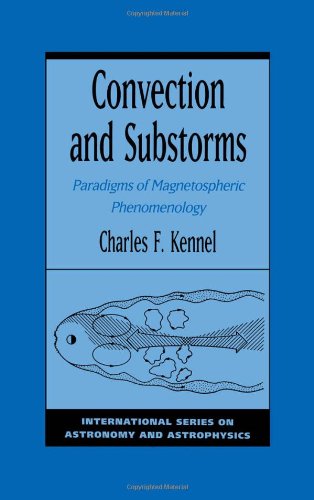
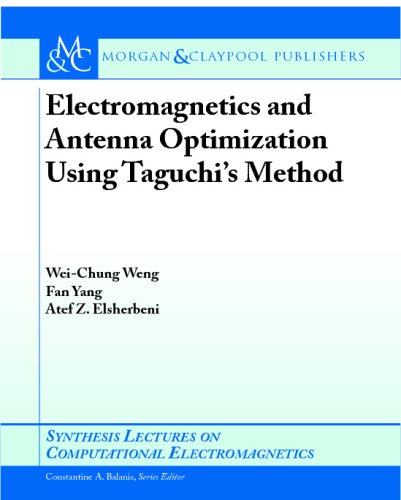

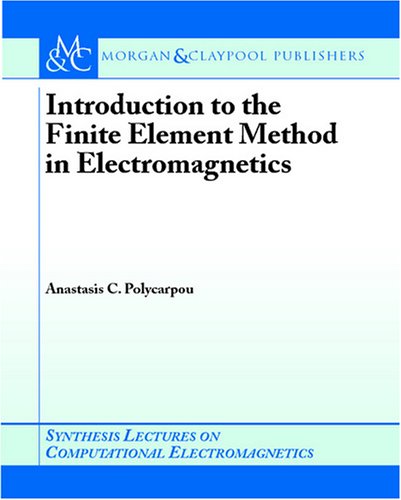

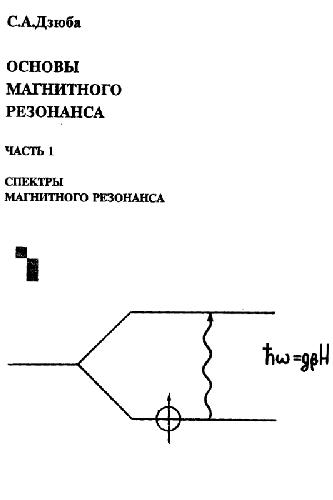
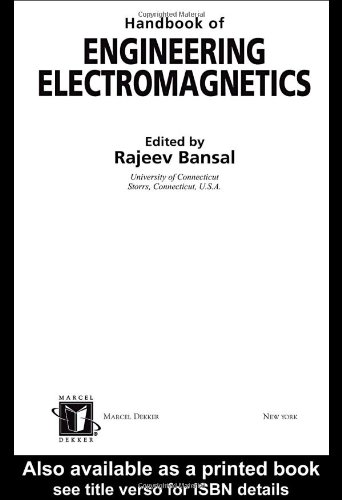
Reviews
There are no reviews yet.